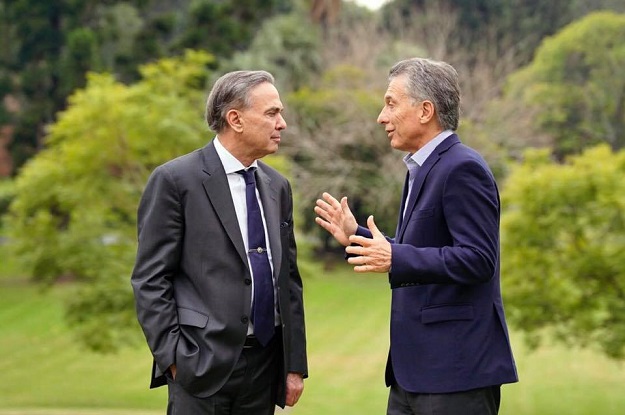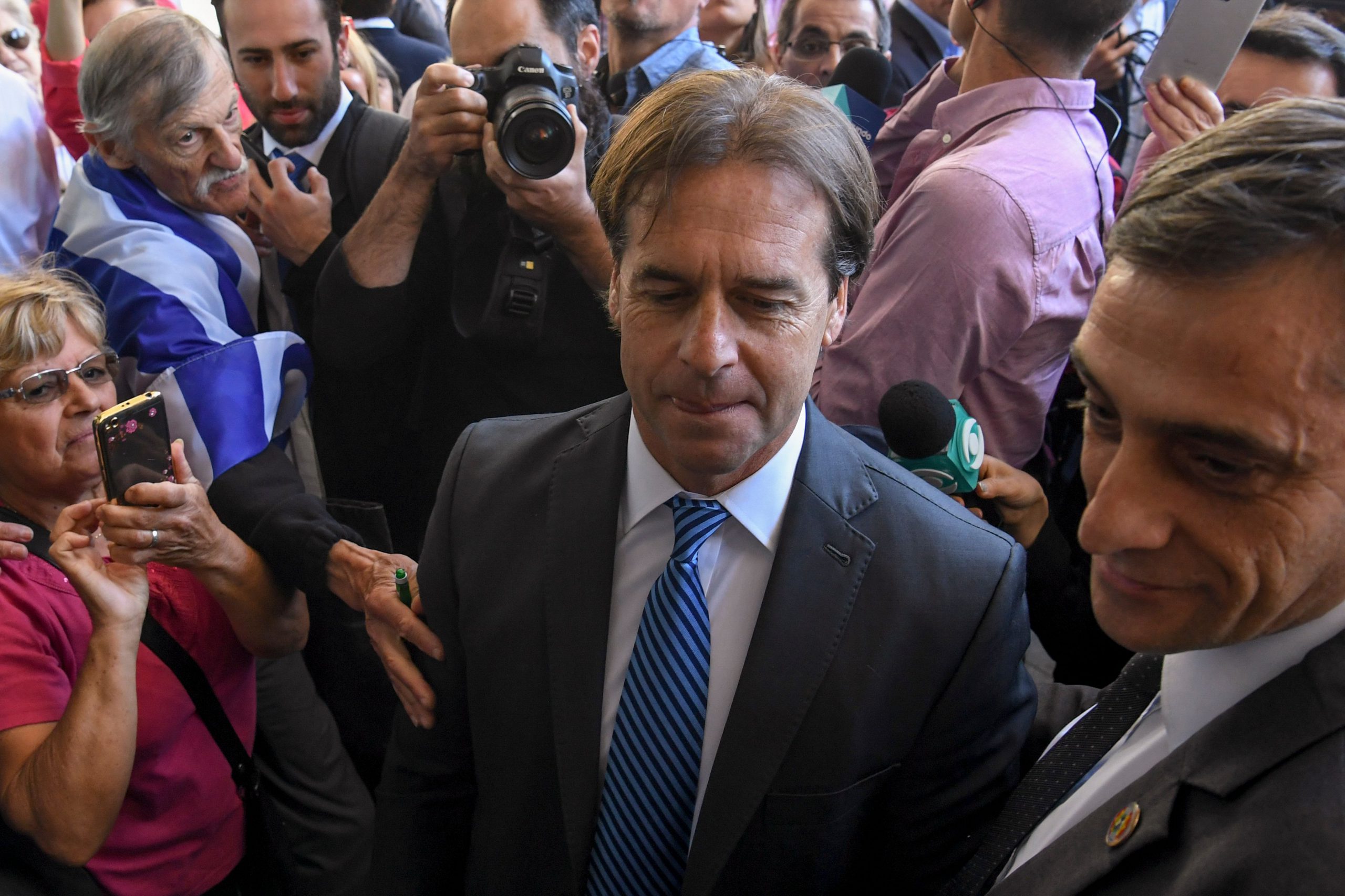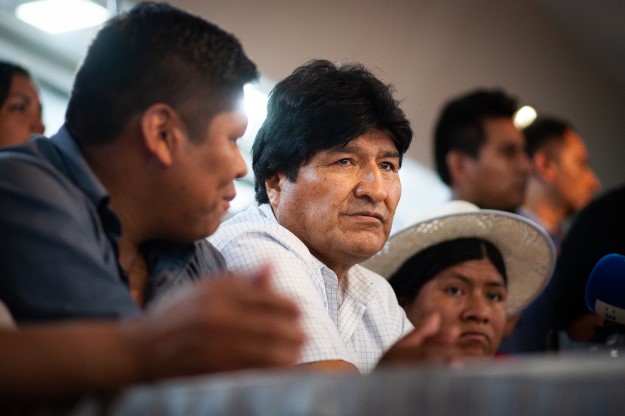Click here to read more about Argentina’s presidential race.
Whether he wins reelection in October or not, President Mauricio Macri is set to make history. In December, he will become the first president that isn’t a Peronist or general to complete a full term since 1928.
Macri already has a track record of breaking molds. He was the first Argentine ruler to be trained in a private university and the first politician since 1983 to start a third party that could last and win elections. Allied with the Radical party, he won the 2015 presidential election and the 2017 congressional election.
Still, Macri’s election and presidency have largely reinforced a polarization that has existed in Argentina since 1946, when the presidential victory of military officer Juan Perón divided the population into two antagonistic camps. Peronism, on one side, had a strong hold in the working class. It favored state-based social protection, emphasized labor as social value and was vocally nationalist. On the other side, Peronism’s opposition was rooted in the middle class and favored social mobility, emphasized education and was arguably cosmopolitan. Due to the position that each actor occupied, Peronists grew fond of power while non-Peronists grew eager of limiting power. It makes sense that the former learned how to last in office whereas the latter didn’t. Until Macri.
But earlier this month, after years of moving away from Peronism, the president made an unexpected move: Macri turned toward Peronism, picking Miguel Ángel Pichetto, the opposition leader in the Senate, as his vice presidential candidate. Though surprising, the move was also obvious, as Pichetto’s selection helps Macri keep Peronism divided – necessary if he wants to win reelection amid his administration’s dire economic performance. Pichetto’s reputation as a pro-market politician, as well as his wide political networks, has helped Macri control a volatile exchange rate in a country that measures all kinds of things in U.S. dollars. Macri’s standings in the polls have since started to recover, and the stabilization of the financial markets show that investors have also bought into the strategy.
Macri was not alone in realizing that ideological purism was electorally counterproductive. His move to the center followed a maneuver by former president and current Senator Cristina Fernández de Kirchner. Aware that her polarizing figure fed radicalization, and that her electoral support was insufficient to send her back to the presidency, Kirchner nominated a more moderate Peronist, Alberto Fernández, as the presidential candidate for her coalition. She is instead running to be Fernández’s vice president. The first political consequence was immediate: On the same day, eight governors pledged their support to the Kirchner-Fernández ticket, adding to the five governors whose support Kirchner already had in her fold. In Argentine politics, governors play a key role in nominating congressional candidates, funding their campaigns, monitoring their elections, and keeping control over their voting record. Unlike most other federal countries, governors in Argentina are crucial to federal lawmaking, hence to governability.
It was Kirchner’s move to the center that obliged Macri to follow suit. Since the center had been occupied by Peronist splinters, Macri allowed pragmatism to prevail over identity. As a result of the pincer movement by both rivals on the extremes, the center imploded and most of its leaders have moved over to the poles, while a few remnants decided to run under an independent ticket led by former economy minister Roberto Lavagna. Yet, no poll gives his candidacy a strong chance. As a result, Argentina’s political arena remains strongly bipolar. The poles, however, are closer to each other today than they were a month ago – closer than any of its standard-bearers would admit.
The result is a presidency that could look very similar regardless of who wins. That’s because Argentina’s economic malaise is structural. To be sure, mismanagement has been chronic. Yet, the root of Argentina’s counter-development lies in the deadlock produced by two social coalitions that lack the capacity to impose their own project but are strong enough to block the other’s. Whoever wins this year will have to reach across the aisle if he or she intends to change the dire state of affairs. Sure, businesses will be more patient with Macri and unions with Fernández, but both sectors should be on board. If not, both will drown.
And what about the regional impact? Again, it is likely to be of little material significance. Although Macri and Kirchner’s worldviews are notoriously different, both leaders proved to be pragmatic enough to accommodate a rising China and an unanticipated Trump. As to regional relations, past alignments and ideological disputes over Venezuela hardly anticipate more than a rhetorical turn. Meanwhile, economic cooperation with Brazil is a strong bipartisan policy that has resisted all crises and ideological twists.
Elections matter. Yet Argentina’s unremitting troubles are not as much about candidate and party choices as they are about unity. The names of the top-rated electoral alliances bring this point home: Macri’s Together for Change, Kirchner’s Front for Everybody and Lavagna’s Federal Consensus. Together, everybody, consensus: For Argentines, time has come to sail together or sink together. No one else can make such a decision for them, but hardly anyone will cry if they fail.
—
Malamud is a senior research fellow at the Institute of Social Sciences of the University of Lisbon.







